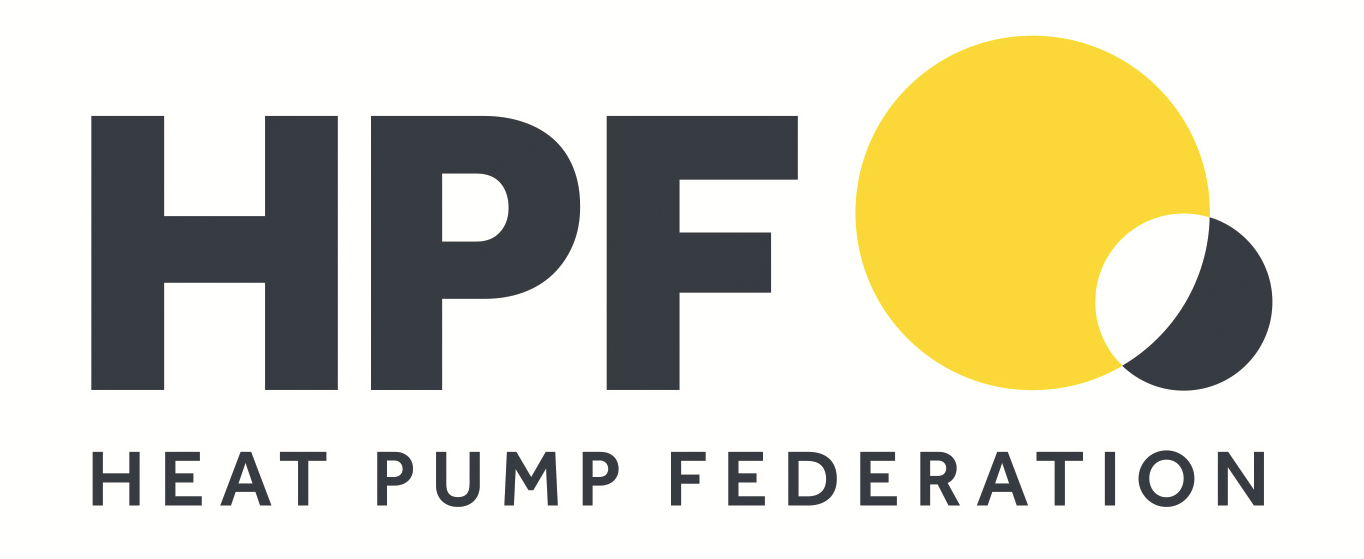Clean Heating
Clean Heating means providing heat without emitting any CO2, or any noxious gases or particulate matter.
Clean heating can be provided by heat pumps and also from solar thermal panels combined with thermal energy storage.
Traditional Heating emits Carbon Dioxide and Air Pollution
Traditional heating technology is based on combustion of carbon compounds: coal, oil, gas.
Combustion of carbon compounds releases CO2 into the atmosphere and also compromises local air quality by releasing NO2, SO2, and soot. The quantity of noxious substances released depends on the carbon compounds being burnt with coal and biomass issuing rather more in terms of NO2 and particulates than natural gas. Burning hydrogen would emit up to six times the amount of NO2 as burning natural gas.
The government have recognised the dangers of increasing concentrations of CO2 in its Clean Growth Strategy, and the health risks of releasing NO2 and soot in its Clean Air Strategy.
Luckily there is an attractive alternative technology for providing space heating and hot water that is not based on combustion.
Clean Heating emits no gases
Heat pumps can transfer – and concentrate – heat from one place to another. An air source heat pump transfers heat from outside a building into the building. It uses a compression cycle to concentrate the heat from outside up to the temperature that is needed to heat the building. A ground source heat pump does the same thing, but requires less electrical input as it starts from a warmer ground temperature than is available from external air on cold winter days.
A heat pump provides Clean Heating as it does not employ combustion and issues no gases of any kind on site. It is also very efficient because the electricity it consumes is used to transfer existing heat from one place to another, rather than being converted from electricity into heat directly.
An electric bar heater can convert 1 kW of electricity into 1 kW of heat.
An air source heat pump can transfer between 2.5 to 3 kW of heat into a building for the use of 1 kW of electricity.
A ground source heat pump can transfer between 3.5 to 4 kW of heat into a building for the use of 1 kW of electricity.
Clean Cooling
Heat pumps can also transfer heat out of a building in summer to provide cooling.
An air source heat pump – like a roof mounted chiller – can transfer heat out of a building, but it requires a large amount of electricity to "waste" heat into hot air – against the natural direction of travel of heat.
A ground source heat pump can transfer heat out of a building to cold ground much more efficiently – because heat will freely escape to cold ground if given the chance.
A by-product of providing clean cooling using a ground source heat pump is that this will increase the temperature of the ground. This storage of heat in the ground allows the same heat to be recycled back to the building in winter during the heating season. It also means that one mechanism can be used for both clean cooling in summer and clean heating in winter.
Joined-up Heating and Cooling
There are great merits in integrating heating and cooling – especially if both are based on carefully matched integrated clean renewable technologies. ICAX can bring together sustainable technologies to provide joined-up heating and cooling.
See also: Independent report on IHT by Transport Research Laboratories
See also: Clean energy sources
See also: Renewable Heat Incentive



